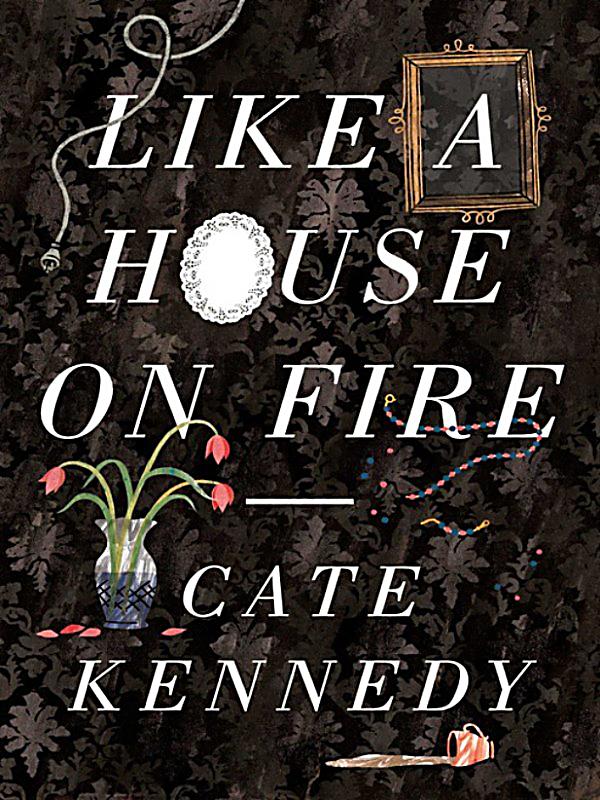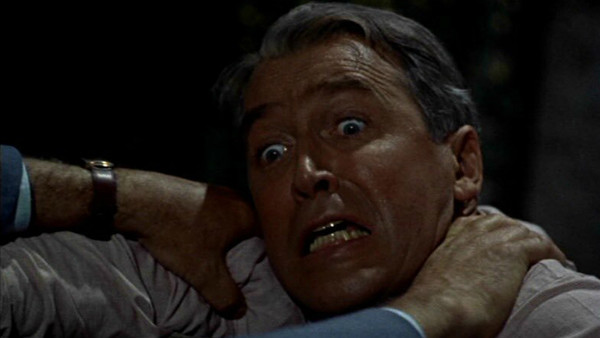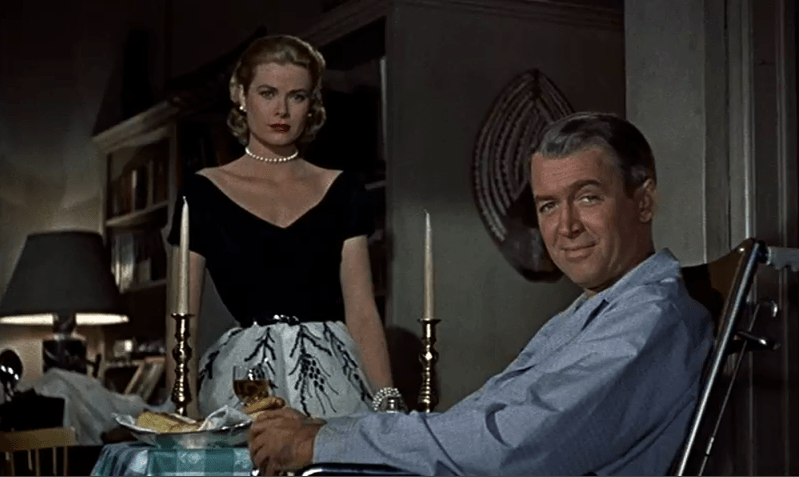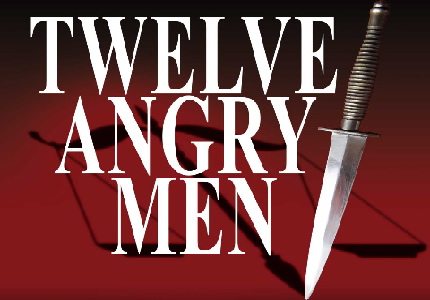This Educational Resource is for Mainstream English students for the Victorian Curriculum.
This resource material is covering the short story collection ‘Like a House on Fire’ by Cate Kennedy.
The “gift of ordinariness”
The collection of short stories catalogue moments that Cate Kennedy calls “the gift is the ordinariness, things that are well-used, unexpressed or taken for granted” from characters who experience dramatic events to the very mundane. Some characters in the stories expand their roles that they have fallen into with an understanding of their own humanity which allows them to view the humanity in others.
Symbolism on the Front Cover
Don’t forget to look at the cover of the ‘Scribe edition’ which uses simple visual symbolism that encapsulates the minuscule griefs and sorrows of the domestic stories. The household objects represented are all familiar mundane symbols of domesticity however, the objects are associated with a shattered domestic bliss that are unable to fulfill their potential. As such the objects are symbols of ideas and themes that resonate with the short stories within the collection. Many stories have personal tragedies that contain glimmers of hope or the possibility of better futures.
The All Important Themes, Ideas and Values
What is important studying the short stories is to consider the themes, ideas and values present in the whole text and noting, analysing and contrasting the themes shared by the whole collection. Look carefully at the age and narrative perspective of the protagonist in each story and how this impacts on your understanding of the key themes.
Major Themes from All Stories
poverty & disadvantage / financial & physical & mental challenges / isolation & loneliness / disappointment of reality / memories / despair / sadness / misery / isolation & loneliness / hope & tenacity / grief & triumph linked / resilience / possibility of change / ordinariness / intricate nature of things / humiliation / masculinity / communication / emotional & physical distance & lost connections / chaos versus order / intimacy / relationships with children / relationships with parents / relationships with partners / marriage / heroes & villains / conflict & unresolved differences / humour / families & relationships / domestic bliss shattered / manipulative people / false realities & disappointment / emotionally damaged people / incompatibility / disconnection / imperfections & dis-junctions that are the reality / homosexuality / accidents & their impacts / tragedies / events that shatter family life / birth & death / motherhood & fatherhood / miscarriage / waiting / morality & immorality / feeling of being trapped / strength in adversity / humanity / compassion / empathy / love / delicate optimism / survival / bleak endings with no hope
Lets look at the themes from the first story in the collection “Flexion”
3rd person limited voice = from Mrs Slovak’s perspective / Frank is husband who has the accident
“Flexion” Story Brief Summary
A woman witnesses what she believes will be the death of her husband Frank as he is crushed under their tractor. He survives, a harsh man who is unable to show gratitude towards the kindness of others, unable to ask for help, unable to show weakness or to tolerate perceived weakness. His wife takes an almost cruel satisfaction in becoming the dominant one in the relationship, until a moment of genuine warmth and shared understanding happens. His wife cares for him as he makes a slow, stubborn recovery. Gradually they both accept their new reality of his limitations and dependence on her.
Themes from “Flexion”
accidents & their impact = the accident forces Frank to be dependent on his wife in a practical sense / power shift is a challenge for Frank but his wife likes the change as she feels ‘exhilaration’ at being able to force him into an action he is resisting
tragedy / family events that shatter life = the accident causes Frank to think “Now would be the good time to die” / the accident shows how clinging to an idea of what masculinity should be can end in destruction / “I’m not going to be a burden on anyone, is that clear?” he mutters to his wife
marital relationships = strained relationship between Frank Slovak and his wife made even more challenging by the accident / Kennedy suggests that the reason their marriage is particularly vulnerable at the moment is because they seem unable to communicate with one another effectively, and this impairs their ability to face challenges as a united team
birth & death = Mrs Slovak suffered greatly when she lost the unborn child and she resented Frank for pushing the tragedy away from public knowledge / irony Frank cheats death and has limited movement but has to relearn how to move again / yet people in the farming community help him
despair / humiliation / being trapped = Frank feels despair at not being able to run the farm like he used to / feels humiliated by his inability to work / farmers hate to be vulnerable and feels trapped by his lack of mobility / perceives his own physical weakness as unmanly / being a man requires physical strength, and that perception makes him feel useless to his wife or being a farmer
masculinity = humiliation is inherently linked to a sense of inadequate masculinity at his physical frailness not being able to provide for his wife and run the family farm / feels worthless and emasculated by the change of his life / as a farmer he feels that he should provide for his wife and the possibility he can’t, he suspects that he’s not a real man make him more angry / Kennedy suggests that conventional expectations of manhood can cause more harm than good in situations like these
disappointment with self / sadness = Frank is sullen and resentful he is now an invalid / used to be a strong farmer devoid of emotions / anger & loss of pride that Frank has to thank people who have helped on the farm while he has been in hospital
order versus chaos = Frank is a perfectionist type of man when his life is thrown into chaos after he sustains the serious injury from the tractor accident / he runs the farm ‘his way’ but the story illustrates how insisting on complete order can actually lead to increased chaos / some chaos, Kennedy suggests, is inevitable, and denying that fact only makes it truer / Kennedy depicts his need for control as overbearing and unhealthy
tenacity to fight on & survive = scowling face with a kind of ferocious, vindictive resolve to keep surviving despite the severe accident
humanity / compassion / empathy / love / delicate optimism = Mrs Slovak shows cautious expressions of affection and compassion for Frank when she reaches out to hold his hand as they lie in bed / despite her pure ‘loathing’ of him she finds herself determined to reach out and help ease his suffering / there is a small hope in a landscape of bleak acceptance as they face a difficult future together / a sense of delicate optimism in the conclusion of the story as the characters find a reason to carry on

















